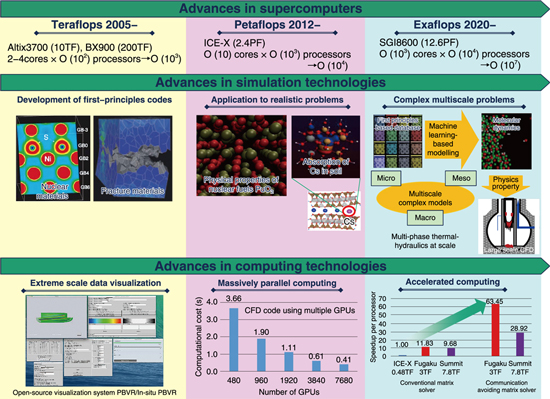
Fig.9-1 Computational science research at the Center for Computational Science and e-Systems (CCSE)
Simulation techniques for analyzing complex phenomena involving various physics effects, such as the environmental dynamics of radioactive substances, the mechanism of soil contamination, and the study of severe accidents, are essential for developing future nuclear systems and for resolving issues related to the accident at TEPCO’s Fukushima Daiichi NPS. For example, analyses of severe accidents require not only macroscale thermal-hydraulic simulations of the melt-relocation behavior of nuclear fuels and structural materials but also multiscale and multiphysics simulation technologies, which integrate mesoscale simulations for evaluating complicated interface formation caused by the mixing of molten debris, and microscale atomic/molecular simulations for estimating diffusion, chemical reactions, and phase transitions in extreme environments under high-temperature and -pressure conditions. In addition to these simulation technologies, the computational technologies that support high-performance computing on state-of-the-art supercomputers such as the supercomputer Fugaku are necessary.
Thus far, we have developed simulation techniques, which form the basis for analyzing complex phenomena, as well as computational technologies such as numerical algorithms and visualization systems. We will further advance these techniques and address the analyses of complex phenomena (Fig.9-1). These simulation techniques for complex phenomena will act as a common foundation for general nuclear research and development.
In FY2021, as a contribution toward the reconstruction and revitalization of Fukushima Prefecture, we addressed the retention mechanism of radioactive cesium in lichens via quantum chemical calculations (Chapter 1, Topic 1-12). Further, in the following four topics, we discuss the development of computational technology and quantum chemical calculations of complex phenomena. Topic 9-1 presents a deep-learning-based modeling of the high-resolution simulation data obtained from intensive computational fluid dynamics (CFD) simulations and the construction of its surrogate model. In Topic 9-2, a new domain decomposition method developed for multiscale CFD simulation based on the local mesh refinement method is presented, and its improved parallel processing performance is discussed. Topic 9-3 presents an atomic simulation code PIMD, which enables the study of nuclear quantum effects; it is clarified that the nuclear quantum effects are important with regard to the physical property of water. Topic 9-4 addresses the experimental and simulation studies conducted for barium, which is similar to radium, toward the understanding of the environmental dynamics of radium, and reveals its hydrate structure.
We steadily promote research on simulation and computational techniques and make them accessible to the community.